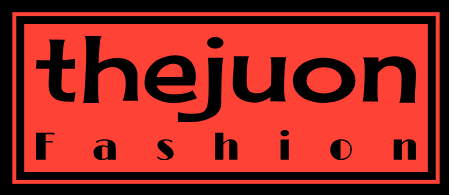The Growing Pains of Manual Inventory Management
Running a business, especially one that deals with physical goods, often feels like a juggling act. One of the biggest balls to keep in the air is inventory management. Manually tracking stock levels, updating spreadsheets, and reconciling discrepancies is time-consuming, prone to errors, and ultimately, incredibly inefficient. It steals valuable time that could be spent on strategic growth initiatives, customer service, or simply taking a well-deserved break. The consequences of inaccurate inventory data can be severe, leading to lost sales due to stockouts, excess storage costs from overstocking, and even damaged goods due to poor organization.
Smart Inventory: A Technological Solution
Thankfully, the age of manual inventory tracking is fading. Smart inventory systems, powered by technology like barcode scanners, RFID tags, and sophisticated software, offer a streamlined and efficient alternative. These systems automate many of the tedious tasks associated with inventory management, freeing up your time and resources to focus on other crucial aspects of your business. They provide real-time visibility into your stock levels, allowing you to make informed decisions about ordering, pricing, and promotions. This increased efficiency leads to significant cost savings and improved profitability.

Real-time Data and Accurate Stock Levels
One of the key benefits of smart inventory is the ability to access real-time data. Imagine knowing precisely how many units of each product you have in stock at any given moment, across all your locations. This eliminates the guesswork and uncertainty associated with manual tracking. Say goodbye to those frustrating moments when a customer orders an item, only to find out it’s out of stock. With accurate stock levels, you can fulfill orders promptly, improving customer satisfaction and building brand loyalty. This real-time visibility also helps you identify slow-moving items and potential overstocking issues, allowing for strategic adjustments to your purchasing strategy.
Streamlining the Ordering Process
Smart inventory systems go beyond simply tracking stock; they automate the ordering process. Many systems integrate with your suppliers, automatically generating purchase orders when stock levels fall below a pre-determined threshold. This eliminates the risk of running out of essential materials or products, minimizes the time spent on manual ordering, and ensures a smooth and efficient supply chain. By automating this crucial process, you reduce the chances of human error and ensure that your business always has the necessary inventory on hand.
Improved Forecasting and Demand Planning
By analyzing historical sales data and current trends, smart inventory systems can provide valuable insights into future demand. This allows you to optimize your inventory levels, minimizing waste and maximizing profitability. Accurate forecasting can help you avoid both stockouts and overstocking, preventing significant financial losses. It allows you to make more informed purchasing decisions, ensuring that you have the right amount of the right products at the right time. This improved forecasting capability also allows for better planning of sales promotions and marketing campaigns.
Reduced Costs and Increased Profitability
The benefits of smart inventory systems translate directly to the bottom line. By reducing labor costs associated with manual tracking, minimizing waste through accurate forecasting, and preventing stockouts, you significantly improve profitability. The cost savings from reduced storage space, improved efficiency, and minimized losses quickly outweigh the initial investment in the system. Furthermore, the improved customer satisfaction resulting from timely order fulfillment can lead to increased sales and repeat business.
Enhanced Security and Loss Prevention
Smart inventory systems often include features designed to enhance security and prevent loss. Real-time tracking helps identify discrepancies and potential theft, allowing for prompt intervention and improved accountability. The use of barcodes or RFID tags makes it difficult to misplace or steal items without detection. This enhanced security measures contribute to a more efficient and secure operation, protecting your assets and minimizing financial losses.
Seamless Integration and Scalability
Modern smart inventory systems are designed for seamless integration with other business software, such as your accounting system or e-commerce platform. This integration streamlines workflows and provides a holistic view of your business operations. Furthermore, many systems are scalable, meaning they can adapt to the growth of your business without requiring a complete overhaul. This flexibility is crucial for businesses that anticipate expansion, ensuring that their inventory management system can keep pace with their growth.
Making the Switch to Smart Inventory
The transition to a smart inventory system may seem daunting, but the long-term benefits far outweigh the initial challenges. Start by evaluating your current inventory management process, identifying pain points, and researching different smart inventory solutions available on the market. Consider factors such as the size of your business, your budget, and the specific features you need. Choosing the right system can significantly transform your business operations, leading to increased efficiency, reduced costs, and improved profitability. Please click here to learn more about a smart inventory management system (PDF).

